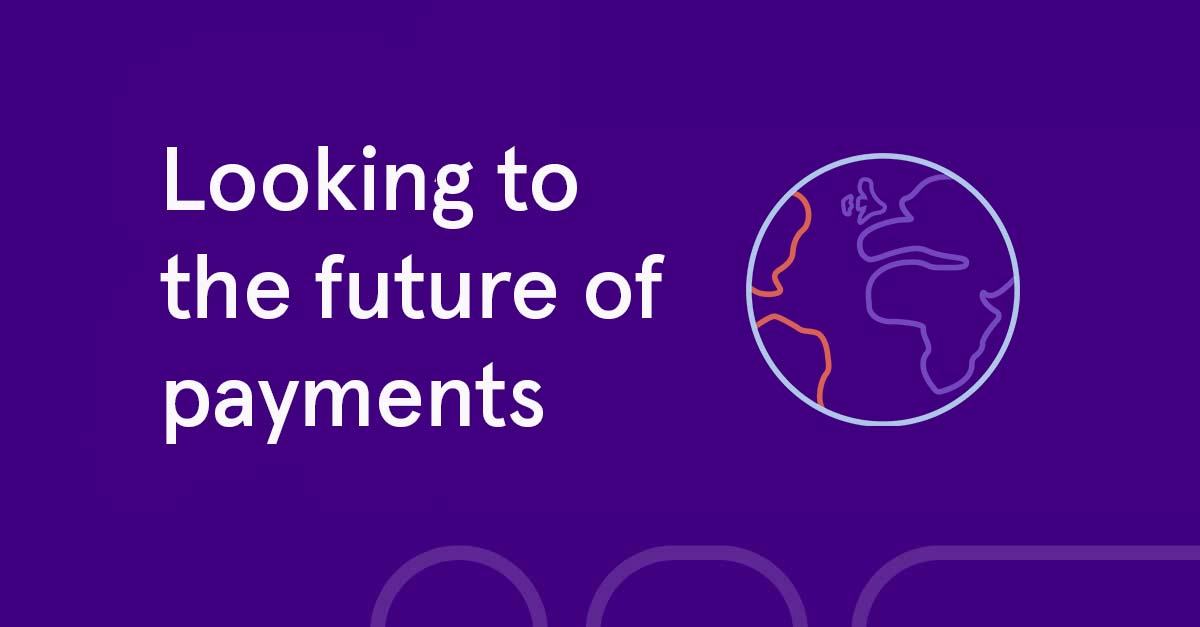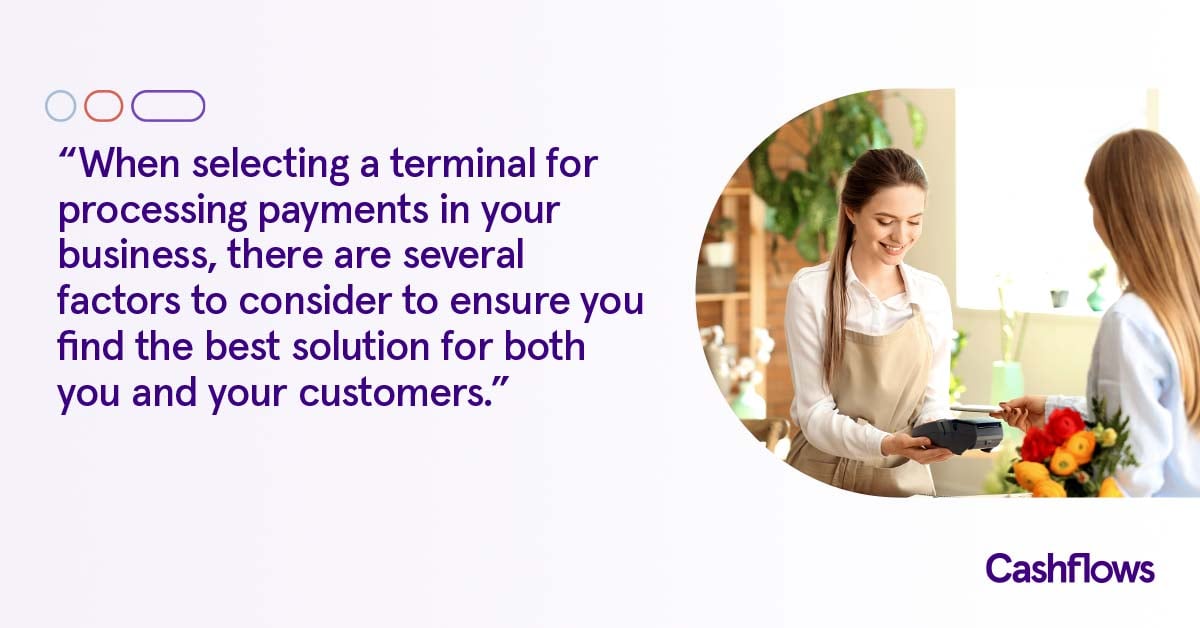The payments and financial services industry has changed dramatically in the last few years, accelerated by the COVID-19 pandemic. One of the most obvious results of this, has been the increase in the number of contactless payments made in the UK. This number grew by 12% to 9.6 billion in 2020, with no signs of slowing down1. In fact, 83% of people in the UK now use contactless when making payments2.
As we look ahead, the payments industry has a responsibility to accommodate these sorts of shifting consumer and business preferences. We expect to see the payments industry increasingly leveraging collective transformation efforts to adapt to the challenges and the changing needs of the future customer.
With this in mind, here some payment trends that we expect to further accelerate in 2022:
Open banking
Over 2.5 million UK consumers and businesses now use open banking-enabled products due to the convenience they offer3. Open banking is the name for the mechanism that third-party financial service providers use to access consumer data from financial institutions. This is done through the use of application programming interfaces (APIs) and gives consumers authority over which companies can access their financial data. Open banking allows consumers to seamlessly manage their finances, access credit and make payments, with greater choices about banking services.
SME’s in particular are set to benefit from this change, allowing them to connect directly to financial institutions via APIs, making it easier to accept payments. Watch our video below to find out more.
Greater focus on SMEs
Despite the impact of Covid-19, there are incredible opportunities for small businesses in the new world that is emerging. As more businesses turn to e-commerce models, consumer spending patterns have also begun to favour local businesses, supporting the SMEs that account for three fifths of the employment and around half of turnover in the UK private sector4.
To survive in an increasingly tech-reliant society, retailers will prioritise working with payments providers that invest in personal relationships and bespoke solutions as a key business decision. To focus on business growth, SMEs will look for partners that enable holistic and integrated payment solutions that allow them to expand online. This will help them offer services such as omnichannel payment methods and personalised or one-click check-out experiences.
To find out more about what trends we can expect to see across the industry in 2022, we spoke to one of our experts, Gary Allinson, Head of Product GTM. Watch our video to learn what role Digital ID infrastructure, Cross border eCommerce, Digital marketplaces, and B2B Buy now pay later (BNPL) have to play in the future of payments and financial services.
Sources:
2 Ibid.


